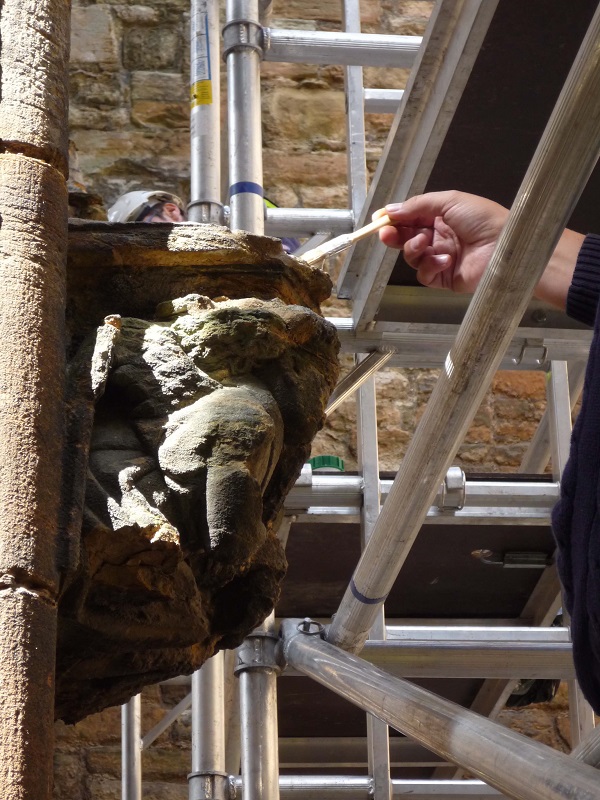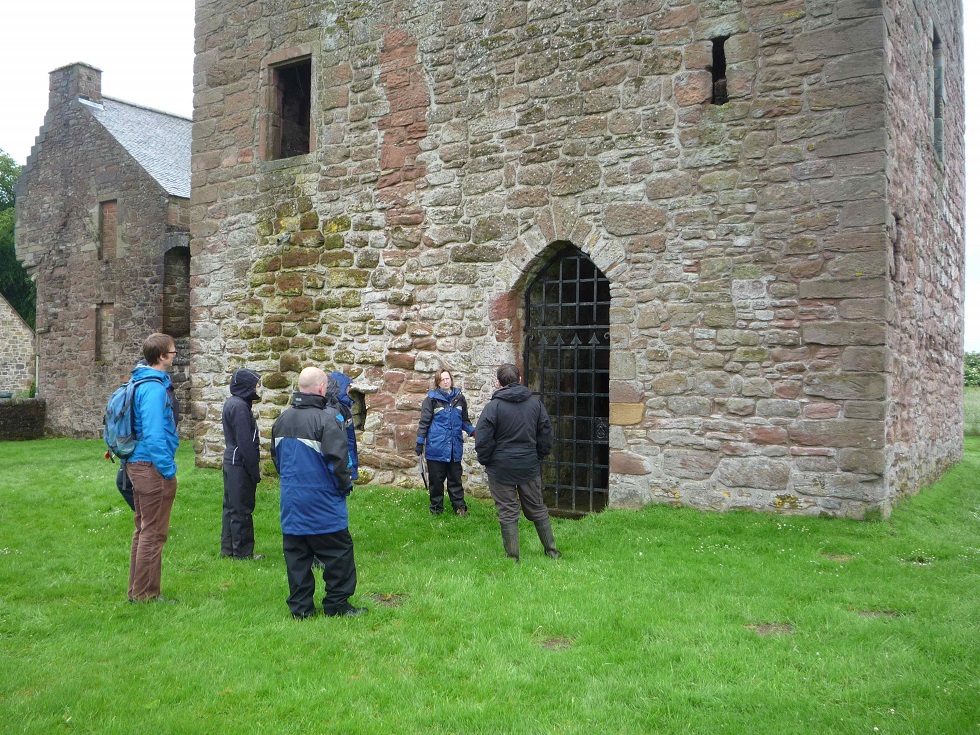Mediating the Past: an ethnography of heritage conservation
Investigators: Siân Jones and Thomas Gresham Yarrow (Durham University)
The aim of this collaborative research project is to provide an intimate understanding of how the historic environment is shaped by conservation. Based on a multi-sited ethnographic study of Historic Scotland,1 the national agency charged with conserving Scotland’s heritage, it illuminates the processes and practices through which historic environments are created, curated and managed. We hold up a lens to the kinds of practice, relationship, understanding and negotiation that are integral to the production of conservation objects and to the kinds of historic continuity these embody. At the core is an attempt to explain the role of conservation experts in constituting heritage as a specific kind of object. To this end we focus on the everyday practices of heritage professionals involved in these processes. This perspective in turn highlights the different ways in which ideas of the value of authenticity and the past are produced, the tensions and dilemmas that derive from these visions, and the moral and ideological commitments that animate them. While heritage is framed by a range of policies, and by various institutional and bureaucratic processes, this perspective reveals how formal mechanisms necessarily under-determine the practices, negotiations, relations and ideologies entailed in making these work. Focusing on a range of actors we highlight the profoundly different ways in which they make the material traces of the past available as objects of vision, attention, concern, and material intervention. At the same time, we explore the practices and logics by which such differences are brought together and resolved.
We conducted sustained, multi-sited ethnographic research . During this time we worked with Historic Scotland practitioners from a range of backgrounds, including archaeologists, architects, applied conservators (of stone, plaster and paint), traditional craft specialists (especially stone masons), heritage scientists, heritage managers, and collections managers. We conducted participant observation in a range of contexts, including meetings, offices, and workshops. Importantly, we also spent longer periods of time at particular buildings and monuments in Historic Scotland’s care, where we could observe active conservation interventions. Alongside participant observation, we undertook around 90 qualitative interviews with heritage experts from a range of backgrounds. Documentary sources from within and beyond Historic Scotland are also an important source of evidence, and through our fieldwork we examines how they are produced, circulated and used.
The project is now in the process of being written up. In addition to two joint-authored journal articles (Jones and Yarrow 2013; Yarrow and Jones 2014), we are currently writing a book, which is under contract with Routledge. The working title is The Object of Conservation: negotiating authenticity, modernity and time through heritage practice.
The fieldwork for the project was part-funded by a British Academy Small Grant (Ref. SG100577) and a British Academy/Leverhulme Trust Small Grant (SG122587).

Note:
1. Historic Scotland became part of Historic Environment Scotland following the Historic Environment Scotland Act 2014. We continue to refer to Historic Scotland here, because that is the organisation with which we conducted our fieldwork.

An Annual Monument Audit at Burleigh Castle (Image: Siân Jones)

Stone conservation at Linlithgow Palace (Image: Siân Jones)
